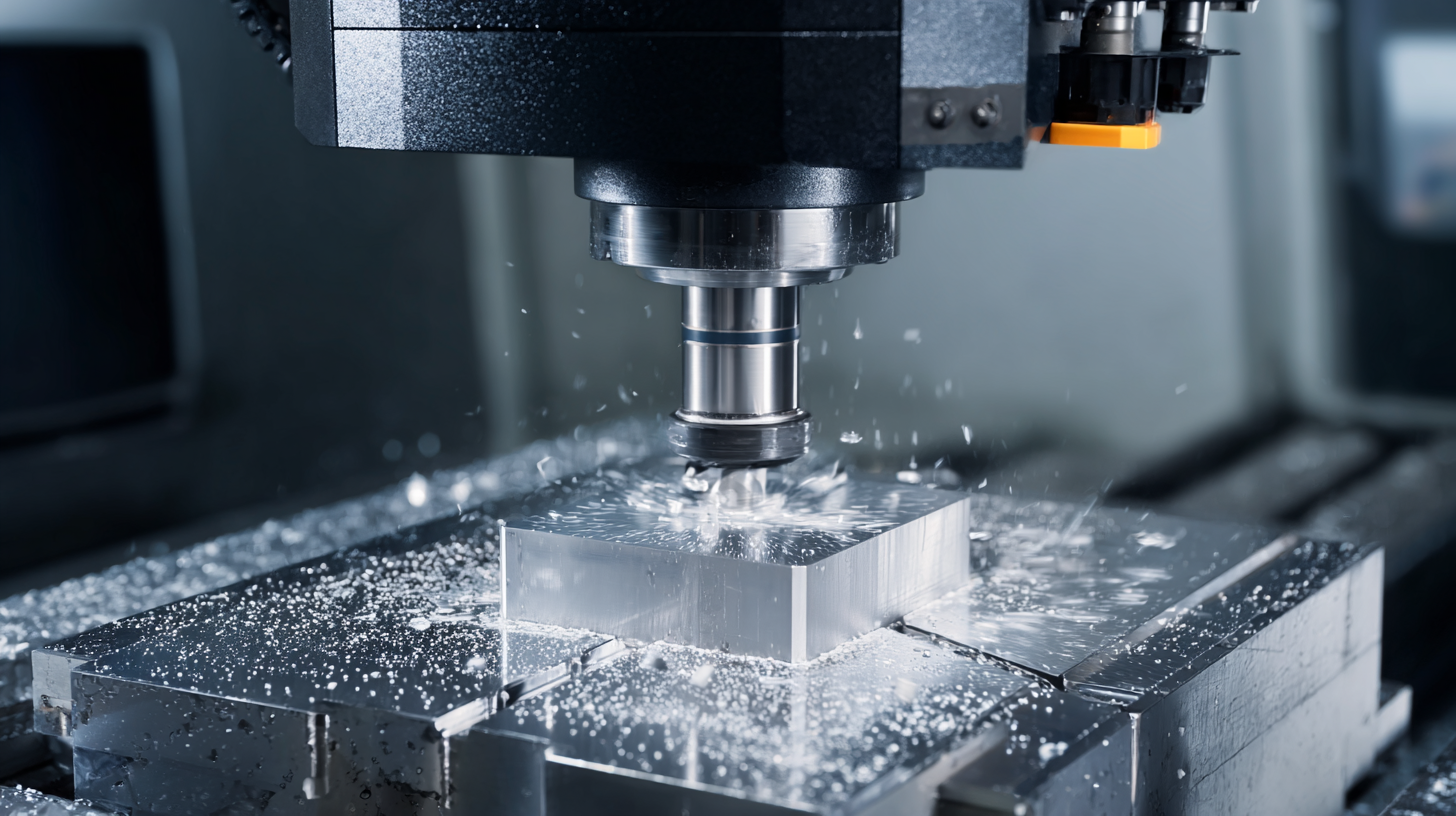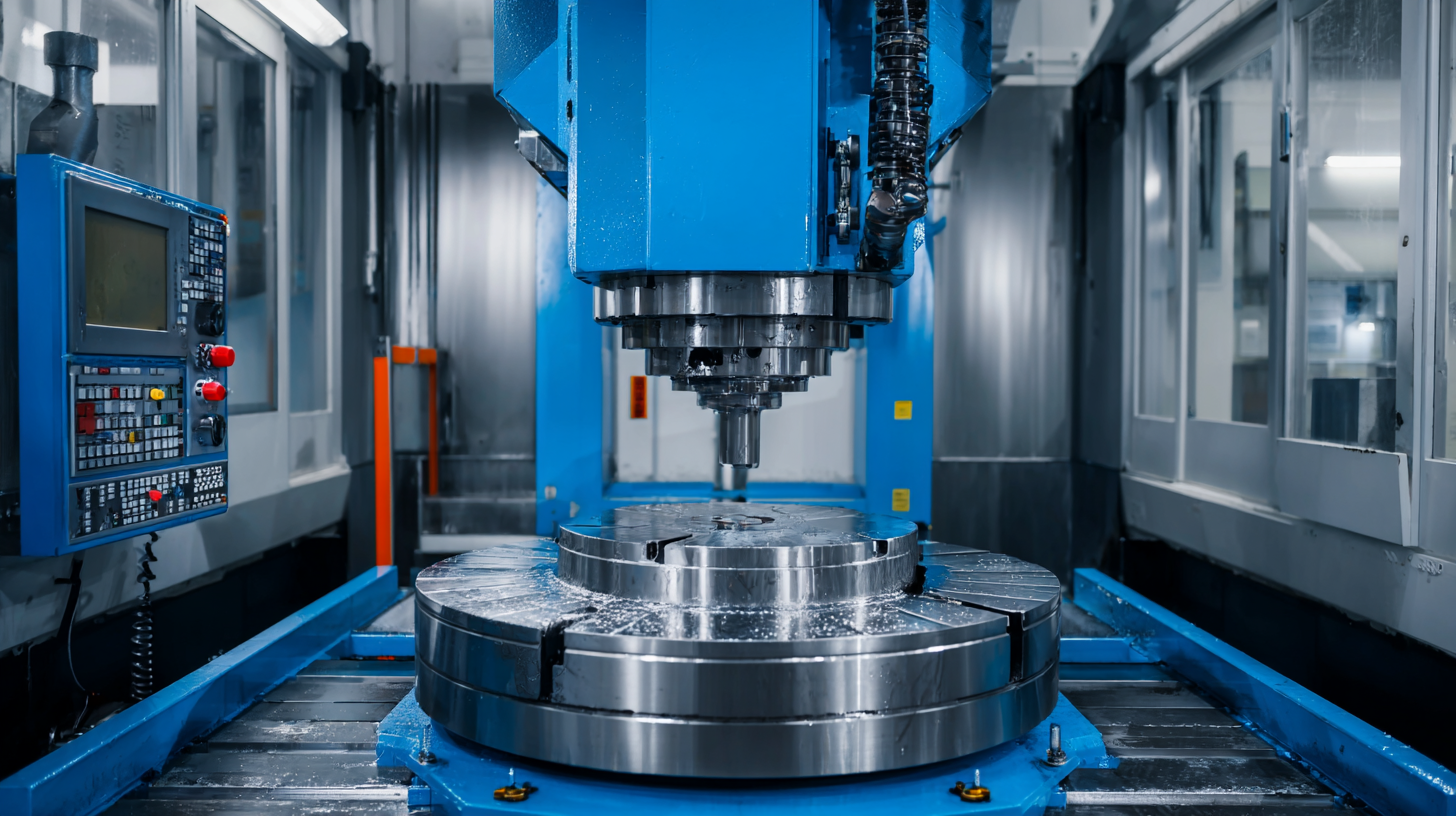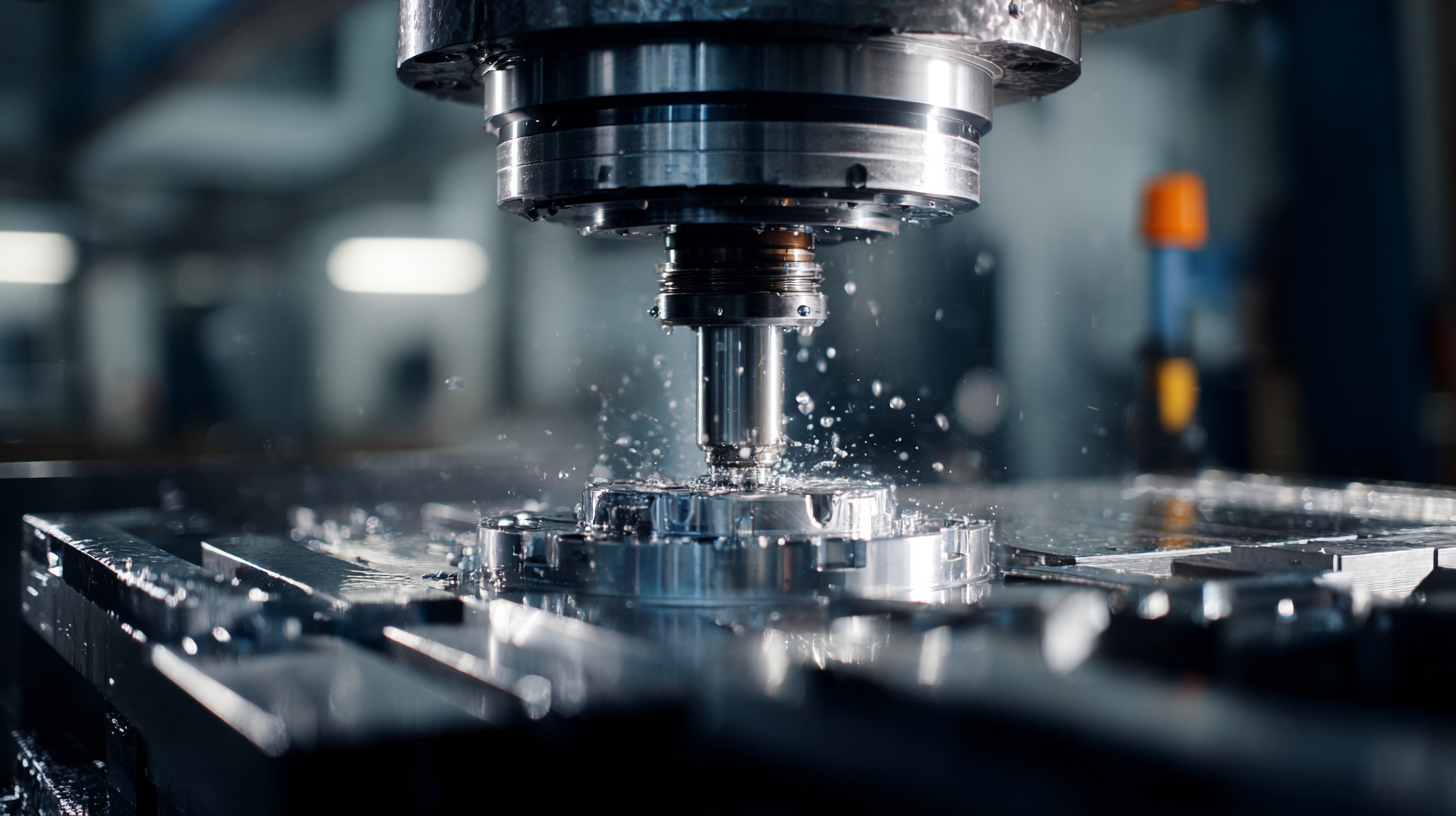7 Key Features That Make the Best Vertical Machining Centers Stand Out in 2023
In 2023, the demand for high-quality vertical machining centers (VMCs) is at an all-time high, driven by advancements in manufacturing technologies and increasing market competition. According to a recent industry report by MarketsandMarkets, the global vertical machining center market is projected to reach $8 billion by 2026, growing at a CAGR of 4.8%. This growth is indicative of the widening applications of VMCs across various sectors, such as aerospace, automotive, and medical device manufacturing. As manufacturers strive for precision, efficiency, and productivity, selecting a VMC from a reputable supplier becomes crucial. This blog post will explore seven key features that distinguish the best vertical machining centers on the market, along with solutions for identifying quality manufacturers that can meet the evolving needs of today’s manufacturing landscape.

Essential Design Elements of Top Vertical Machining Centers in 2023
In 2023, the best vertical machining centers are distinguished by several essential design elements that enhance efficiency, precision, and usability. One of the key features is advanced automation technology, which not only streamlines operations but also reduces human error and increases throughput. Integration of user-friendly interfaces allows operators to easily interact with the machines, making setup and adjustments faster and more intuitive.

Another critical aspect is the emphasis on high precision and durability. Top vertical machining centers are designed with robust construction and premium components, ensuring they can withstand rigorous use while maintaining accuracy. This durability is complemented by energy-efficient designs, helping manufacturers reduce their operational costs while supporting sustainability initiatives.
Tips for selecting a machining center include evaluating the specific needs of your application and considering the scalability of the machine. Look for centers that offer customizable options to adapt as your production demands evolve. Additionally, prioritize machines that come with strong customer support and service commitments to ensure long-term reliability and performance.
Advanced CNC Technology: Enhancing Precision and Efficiency in Machining
In 2023, the landscape of vertical machining centers (VMCs) is defined by advanced CNC technology that dramatically enhances precision and efficiency. As the CNC machines market is projected to grow from USD 66.9 billion in 2023 to USD 170.4 billion by 2033, it's evident that manufacturers are prioritizing investments in these high-tech systems to remain competitive. Innovations like artificial intelligence integration are not just buzzwords; they are redefining the standards of precision manufacturing, allowing for real-time adjustments and improved production workflows.
When selecting a vertical machining center, it is crucial to consider features such as adaptive control systems and high-speed spindle capabilities. These elements not only improve overall machining accuracy but also contribute significantly to reducing cycle times.
Another tip is to look for VMCs equipped with robust data collection systems. This technology enables operators to analyze performance metrics, ensuring that machines run optimally and are well-maintained. Continuous monitoring of equipment translates to fewer downtimes and greater efficiency in production lines, making it a key feature in today’s advanced CNC machinery.
Robust Build Quality: How Durability Affects Performance in Vertical Machining
In the fast-evolving landscape of vertical machining centers (VMCs) in 2023, robust build quality has emerged as a critical factor influencing overall performance. The durability of a machining center directly impacts its ability to maintain precision over extended periods, ensuring consistent results in high-volume production environments. A well-constructed VMC, made from quality materials such as cast iron or heavy-duty steel, can absorb vibrations and thermal expansion more effectively, leading to improved machining accuracy and reduced wear on components.
Moreover, the design of a vertical machining center—including its structure and weight—plays a significant role in its durability. Centers that feature a solid base and reinforced columns are less prone to flexing, allowing for finer tolerances and the ability to handle complex machining tasks without compromising quality. Additionally, advancements in engineering, such as the integration of state-of-the-art cooling systems and precision bearings, enhance the longevity of these machines while contributing to their operational efficiency. By prioritizing robust build quality, manufacturers can ensure their vertical machining centers not only meet the demands of today’s manufacturing needs but also stand the test of time.
7 Key Features That Make the Best Vertical Machining Centers Stand Out in 2023
| Feature | Description | Impact on Performance |
|---|---|---|
| Robust Build Quality | Heavy-duty construction materials ensure longevity and stability. | Reduces vibrations, resulting in improved precision and accuracy. |
| High Precision Tooling | Use of precise and well-engineered tooling systems. | Increases the reproducibility of intricate designs. |
| Advanced CNC Controls | User-friendly software with advanced programming capabilities. | Enhances control over machining processes, improving efficiency. |
| Thermal Stability | Design features that manage temperature fluctuations. | Minimizes thermal expansion, maintaining accuracy during prolonged use. |
| User-Friendly Interface | Intuitive control panels and displays for operators. | Reduces training time and enhances operator efficiency. |
| Efficient Chip Management | Effective chip removal systems to maintain cleanliness and cooling. | Improves tool life and part finish quality. |
| Comprehensive Maintenance Features | Built-in diagnostics and maintenance reminders. | Ensures long-term reliability and reduces downtime. |
User-Friendly Interface: Importance of Intuitive Controls for Operators
In 2023, the emphasis on user-friendly interfaces in vertical machining centers cannot be overstated. Intuitive controls significantly enhance operators' efficiency by minimizing the learning curve and allowing for quicker adaptation to new technologies. As manufacturers seek to optimize productivity, a well-designed interface acts as a crucial bridge between complex machinery and the operator's skill set, enabling seamless interaction and reducing the likelihood of errors during machining processes.
Recent developments in various fields highlight the growing importance of user-centric designs across different technologies. For instance, the introduction of advanced monitoring systems for conveyor belts showcases how intuitive interfaces can improve operational oversight even in challenging environments. Similarly, in the realm of robotics, interface innovations facilitate better human-robot collaboration, underscoring the need for accessible control mechanisms that cater to diverse user requirements. As the trend towards automation continues, the best vertical machining centers will undoubtedly prioritize user-friendly interfaces, making them essential for modern manufacturing environments.

Versatile Tooling Options: Maximizing Productivity with Optimal Support
In 2023, vertical machining centers (VMCs) have evolved significantly, with versatile tooling options becoming a pivotal aspect of maximizing productivity. Manufacturers are increasingly recognizing the importance of customizable tooling that can adapt to various projects and materials. This flexibility not only enhances operational efficiency but also reduces downtime as operators can quickly switch between tasks without needing extensive setup changes.
Furthermore, the integration of advanced software solutions is revolutionizing how tooling options are utilized. Modern VMCs support an array of tools—from high-speed chucks to automated tool changers—that cater to diverse machining needs. This adaptability allows businesses to handle complex designs with greater precision and speed, ensuring that production schedules are met without sacrificing quality. With these state-of-the-art tooling options, machine operators can fully leverage their VMCs, resulting in optimal support for a wide range of machining applications.
